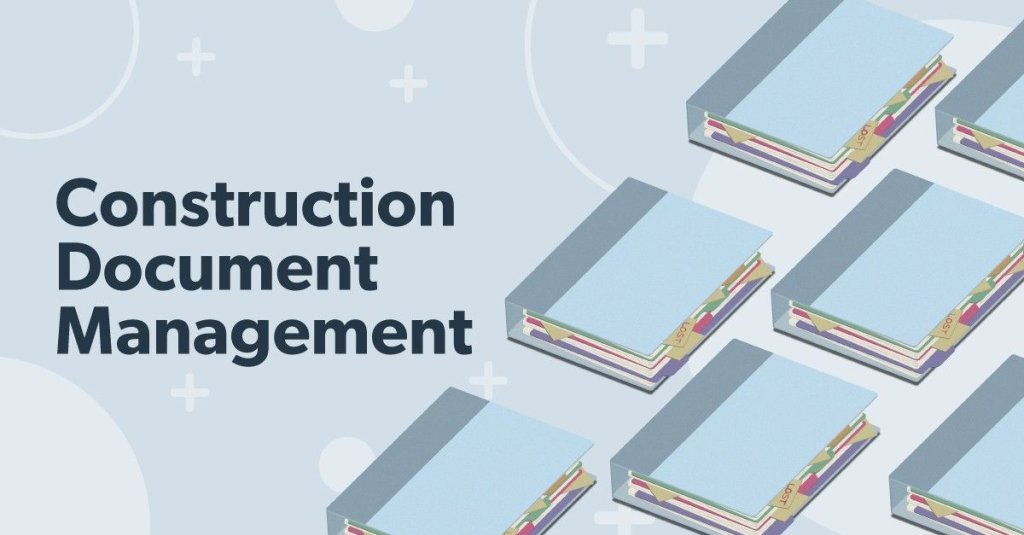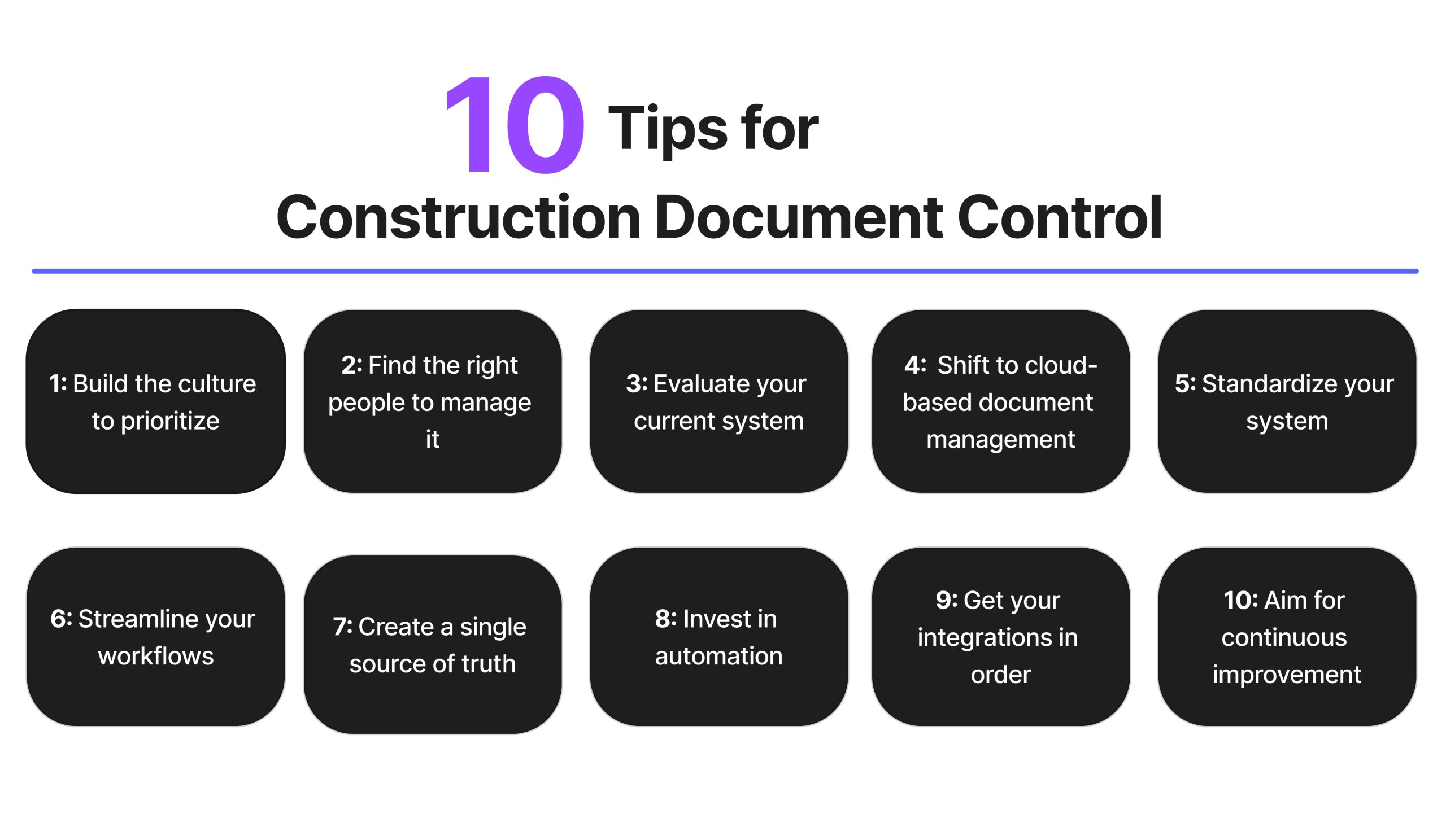Architect's Guide to Streamlining Building And Construction Document Administration for Reliable Project Implementation
In the detailed globe of architecture and building and construction, the efficient administration of task documentation stands as a cornerstone for success. Designers are entrusted with juggling a myriad of drawings, reports, specifications, and contracts, all essential components for bringing a project to fruition. The process of organizing, sharing, and maintaining these documents can frequently become a maze of inefficiencies and setbacks if not handled meticulously. By discovering organized techniques, cutting-edge tools, and industry best methods, architects can not just improve their paper management processes but also pave the way for a lot more effective project implementation. Allow's navigate through the essential approaches and options that can transform how designers deal with construction documents, making sure projects are supplied with accuracy and timeliness.
Relevance of Effective Record Management
Reliable paper administration is vital for architects in the construction industry as it plays a crucial function in ensuring the effective execution of projects. Proper company and administration of these documents are essential to keep project timelines, ensure conformity with regulations, and help with effective interaction among task stakeholders.

Effective document administration makes it possible for engineers to accessibility crucial details quickly, track project progress accurately, and mitigate risks associated with mistakes or noninclusions. By applying streamlined file monitoring procedures, engineers can enhance collaboration with clients, professionals, and other staff member, resulting in improved task end results and client contentment.
Moreover, efficient record administration helps architects maintain an extensive job history, enabling them to leverage past experiences and lessons learned for future jobs. In today's busy building industry, where prompt decision-making and info sharing are extremely important, effective document monitoring is a cornerstone for success.
Methods for Simplifying File Company
Effective document administration practices not just make sure project success for designers in the construction market but additionally lay the foundation for implementing methods for streamlining paper organization. To improve file company efficiently, engineers ought to first establish a clear naming convention for folders and data. Uniformity in naming documents based upon project stages, file kinds, and pertinent details will promote easy retrieval and minimize complication.
Utilizing cloud-based storage space solutions can also boost file organization by offering a centralized place for all project-related data - construction document management. This permits staff member to access the most up-to-date documents from anywhere, promoting collaboration and effectiveness. Implementing variation control mechanisms further refines document organization by tracking modifications, protecting against conflicting edits, and ensuring that the most up to date variations are always available
Moreover, developing a sensible folder structure with assigned subfolders for various paper classifications, such as contracts, requirements, and illustrations, can improve paper management processes. Routinely assessing and purging redundant or outdated files will certainly help keep a lean and orderly document repository, inevitably improving productivity and task results.
Leveraging Innovation Devices for Partnership
In the realm of modern-day design, engineers are progressively relying on innovative innovation devices to foster smooth collaboration among task stakeholders. Leveraging technology for cooperation improves interaction, boosts performance, and enhances total project results. Cloud-based platforms such as BIM 360 and Procore enable real-time access to project files, making it possible for clients, specialists, and engineers to team up successfully no matter their physical area. These tools help with simultaneous modifying, variation control, and instantaneous updates, reducing errors and hold-ups triggered by miscommunications.
Online design and construction (VDC) software program like Revit and AutoCAD Style make it possible for designers to create comprehensive 3D models that can be shared and edited collaboratively. This real-time partnership improves design accuracy, control, and visualization, causing much better decision-making throughout Home Page the project lifecycle. In addition, communication devices like Slack and Microsoft Teams provide instant messaging, documents sharing, and video conferencing capabilities, cultivating seamless interaction among employee and stakeholders.
Making Certain Precision and Variation Control

Reliable variation control also assists in handling file approvals and guaranteeing that only authorized personnel make adjustments. Engineers need to establish clear protocols for documenting changes, consisting of timestamps and user identification, to develop an audit trail for liability. On a regular basis communicating with the project group about version updates and adjustments is necessary to prevent confusion and maintain alignment throughout the construction process.
Finest Practices for Paper Sharing and Access
Having actually developed a robust system for version control in building official statement and construction document management, architects can now focus on enhancing document sharing and access methods to improve collaboration and effectiveness amongst project stakeholders. These platforms provide real-time accessibility to task papers, allowing group members to view, modify, and comment on data all at once.
Moreover, carrying out role-based gain access to control is vital for maintaining data protection while promoting cooperation. Assigning various authorization levels to employee guarantees that delicate info is just easily accessible to accredited workers. Frequently upgrading accessibility permissions based on project requirements and team changes is essential for maintaining information honesty.
Integrating task administration software application with paper sharing systems can also streamline workflows. This combination enables for smooth communication, job tracking, and paper administration within a single user interface, decreasing the need to change in between several tools. By adhering to these ideal methods, architects can develop a much more collaborative and efficient paper sharing setting, ultimately causing successful task implementation.

Final Thought
To conclude, effective construction paper administration is vital for successful project implementation. By executing approaches for organization, leveraging innovation devices for cooperation, ensuring precision and variation control, in addition to complying with best methods for file sharing and gain access to, architects can enhance their workflow and improve overall project effectiveness. Focusing on these elements of file management will certainly lead to smoother task implementation and better outcomes for all stakeholders check my source entailed.
Reliable record monitoring is necessary for designers in the building and construction sector as it plays a crucial duty in making certain the effective execution of tasks. construction document management. Correct organization and management of these documents are necessary to maintain job timelines, guarantee compliance with regulations, and help with efficient communication amongst project stakeholders
Efficient document management practices not only make sure project success for engineers in the building market however likewise lay the structure for implementing techniques for improving paper company. One key strategy is establishing a central record database where all group members can access the most recent variations of drawings, requirements, and various other task papers.Having developed a durable system for variation control in building and construction file administration, architects can now focus on optimizing paper sharing and gain access to approaches to boost collaboration and efficiency among task stakeholders.